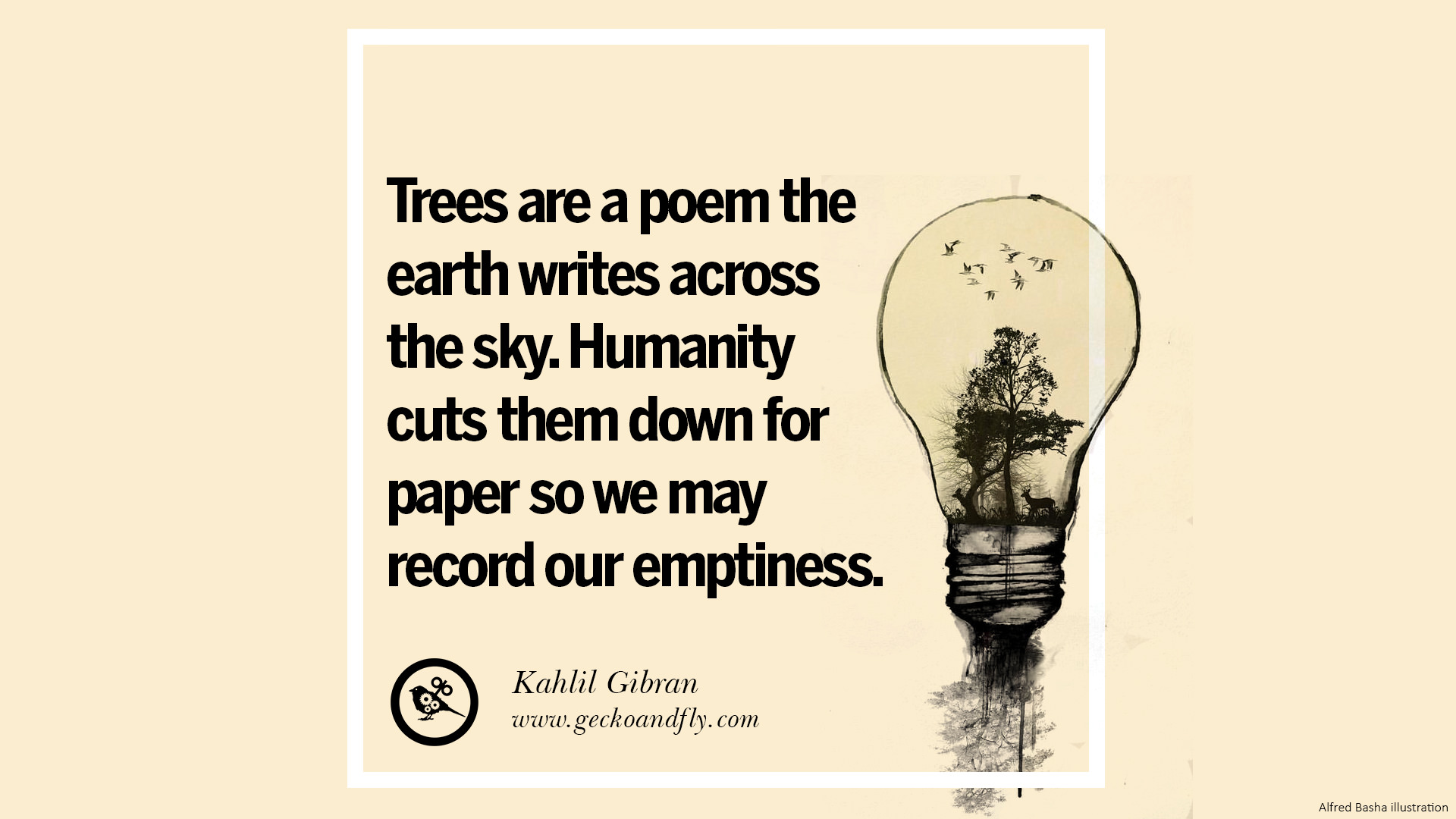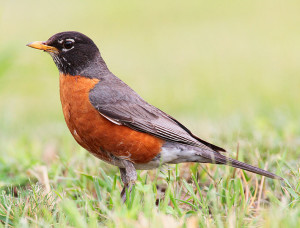Around the world, May is generally a warm month. #Flowers are in full bloom. #Animal families are growing, and then there is an #abundance of green and natural life all around us. Yet, few people access the green spaces and reap the benefits of these interactions.

To know more about the #benefits of #walking in #nature read this blog post. When we walk in nature, or urban green spaces, or undertake any other aerobic activity, our brain produces a unique #molecule, simply called Brain-Derived Neurotrophic Factor (BDNF), which supports brain growth. BDNF is a #magic molecule. When BDNF is made in the brain, it keeps the brain young and flexible by building new connections in the brain. It also supports the growth of new blood vessels, thereby increasing the brain cells’ oxygen and nutrient carrying capacity. If you love the technical stuff, the increase in the brain’s blood vessels is called as Vascular Endothelial Growth Factor (VEGF).

Many scientists have studied the influence of nature for healing and found it beneficial as detailed in this blog post. When individuals’ fitness levels become higher, the balance of BDNF increases and provide a natural healing pathway for individuals with progressive Multiple Sclerosis experience. Walking increased BDNF even in patients with brain-related problems such as Parkinson’s disease. Several other studies show the benefit of #exercise in the role of BDNF and subsequent improvement in the cognitive functions of the individuals.
When we engage with nature, we receive many benefits described in this blog post. We use cognitive functions for completing several critical #mental activities. The brain makes sense and meaning of the information presented through the cognitive system. Our #brain is constantly trained by the way we receive, select, transform, process information to the brain. We also play an active role in transforming the information that reaches the brain, processing the #data, and thinking about it. All these functions can be improved by walking in nature and boosting the BDNF produced by our brain.

Now, we want to know how much we should exercise or walk. Studies show that #brisk walking at moderate speed for thirty minutes is sufficient to increase the benefits of BDNF for the brain. In addition, studies show the services of a single bout of acute #aerobic #exercise in young adults and youth are higher than other forms of movement or #activity.
Experts recommend that we include some speed walking and cover reasonable distance at moderate speed to get the maximum #health benefits. This is easier to maintain when we walk over 5km/h, sustain the pace for 30 minutes, at least five times a week, if not every day. Another #benefit of walking at this speed is to invite a friend to walk with you and catch up with our lives, seeking the support we need or give the listening our #friends need.
Let us lace up our boots and hit the green trail today!




